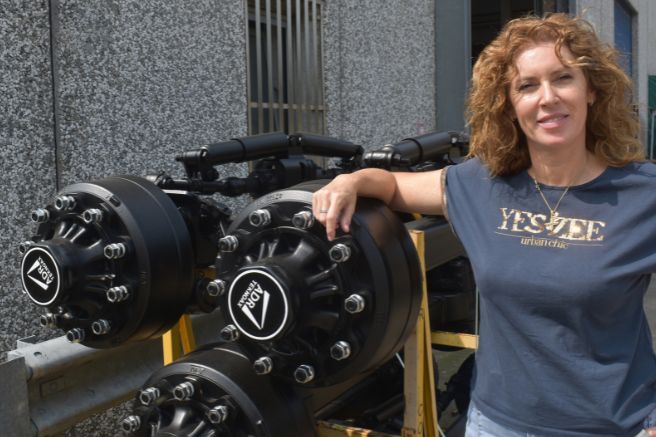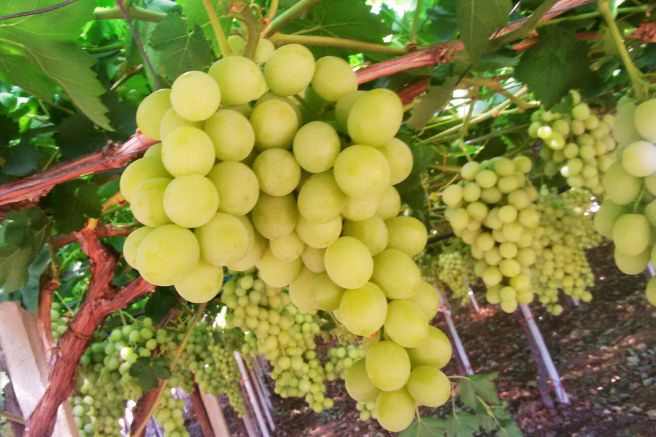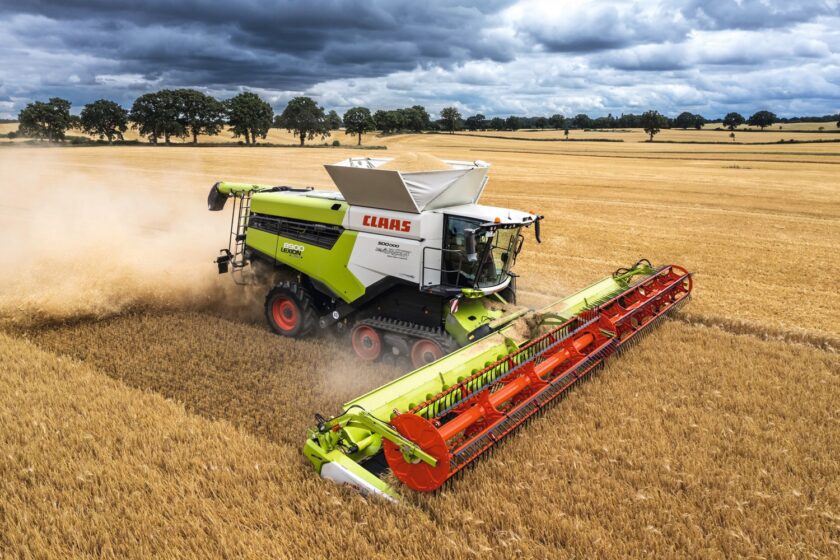
In 1936, numerous and epoch-making changes began in the Old Continent. British economist John Maynard Keynes laid the groundwork for transforming Western socio-economic paradigms with the publication of the “General Theory of Employment, Interest, and Money,” initiating the so-called “Keynesian revolution” that gave rise to the first form of macroeconomics. This work led to a profound renewal of the society and economic structures of the time, effectively opening the door to development policies still pursued in the West today. An almost comparable milestone in agricultural mechanization was the birth, also in 1936, of the first European combine harvester, created by August Claas. The intuition of the founder of the current Claas group significantly transformed agriculture in the Old Continent, placing the German brand at the top of a market segment that this year saw Claas reach the prestigious milestone of 500,000 combines produced over the past 88 years.
Designed in Europe for Europe
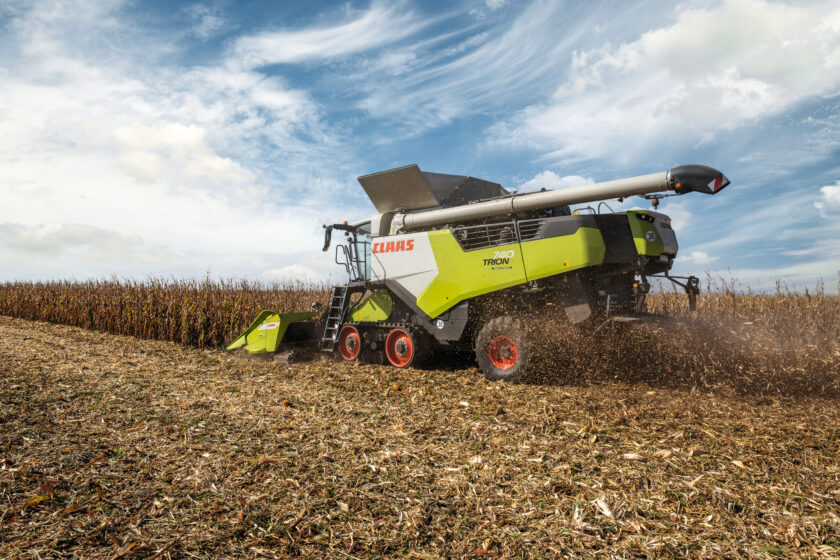
When considering a commercial context where the global market is valued today at around 55 billion euros, it clearly demonstrates the economic and social significance of the revolution with which August Claas initiated the mechanization of activities until then carried out only by hand, requiring great energy and time. In truth, years earlier, attempts were made to use some U.S.-made trailed combines for harvesting, imported in the 1920s, but these machines were designed for the vast American plains and proved unsuitable for European conditions due to their size and weight, making them difficult to maneuver. This impasse prompted Professor Karl Vormfelde, director of the Agricultural Institute at the University of Bonn, to contact August Claas to design a machine suited to the needs of European agriculture. After building a towed prototype in 1930, Claas launched the first transverse flow trailed combine in 1936, named “Mdb,” an acronym for “Mäh-Dresch-Binder.” The machine immediately achieved great success and was produced in over 1,450 units in the next six years. It was equipped with a lateral cutting bar of two meters and ten centimeters in width and a six-bar beater with a diameter of 45 centimeters, which together allowed the “Mdb” to achieve a daily productivity of 30 tons of wheat. The outbreak of World War II obviously slowed August Claas’ design dynamism, and it was not until 1946, after the war ended, that he developed a new trailed combine, the “Super,” based on a longitudinal transverse flow system with a longitudinal beater and transverse straw walkers.
Superior Capabilities
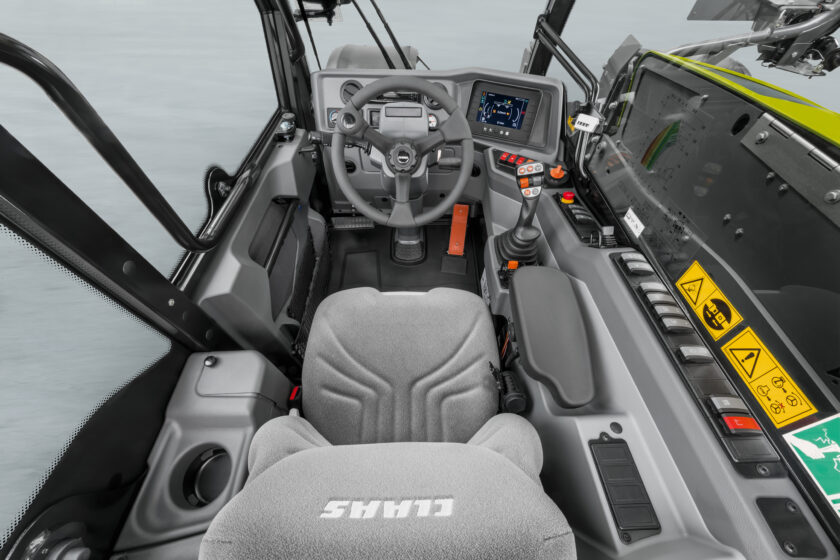
The machine’s productive capacity immediately surpassed that of the previous “Mdb,” and further increased in 1953 with the introduction of the “Hercules Sr” model, whose suffix was a contraction of the term “Selbstfahrer,” identifying the first European self-propelled combine. Capable of handling cutting bars ranging from two meters and 60 centimeters to three meters and 60 centimeters in length, it operated using a six-bar beater with a diameter of 46 centimeters and a length of one meter and 25 centimeters. In addition, it featured a secondary sieving separation system, while the chaff was separated from the grain through forced ventilation. All these highly innovative features made the “Sr” a milestone in the history of agricultural mechanization, giving rise to subsequent models such as the “Matador,” “Senator,” and “Mercator.” Another generational leap introduced by Claas was the design and production in 1971 of the “Dominator” series, a product line based for the first time on a modular platform.
The Debut of “Aps” in 1993

In the following two decades, this series spearheaded numerous industry innovations, from hydrostatic transmission to onboard information systems and 3D cleaning, making it synonymous with combine harvesters in some global markets. However, it was not the historic “Dominator” series but the more advanced “Mega” models that introduced the patented “Aps” threshing system in 1993. This system added an additional accelerator in front of the beater, achieving up to a 20% increase in performance, a feature that still distinguishes the Claas combine range, led by the “Lexion” models that, since 1995, have redefined the concept of threshing through hybrid technology. Remaining nominally unchanged over the decades, despite numerous generational and technological advancements, the “Lexion” models are still symbols of Claas’ expertise in the high-performance combine segment, complemented by the slightly lower-performing “Medion,” “Tucano,” and “Avero” series, with the latter two replaced, respectively in 2021 and 2023, by the current “Trion” and “Evion” models.
We Are the History
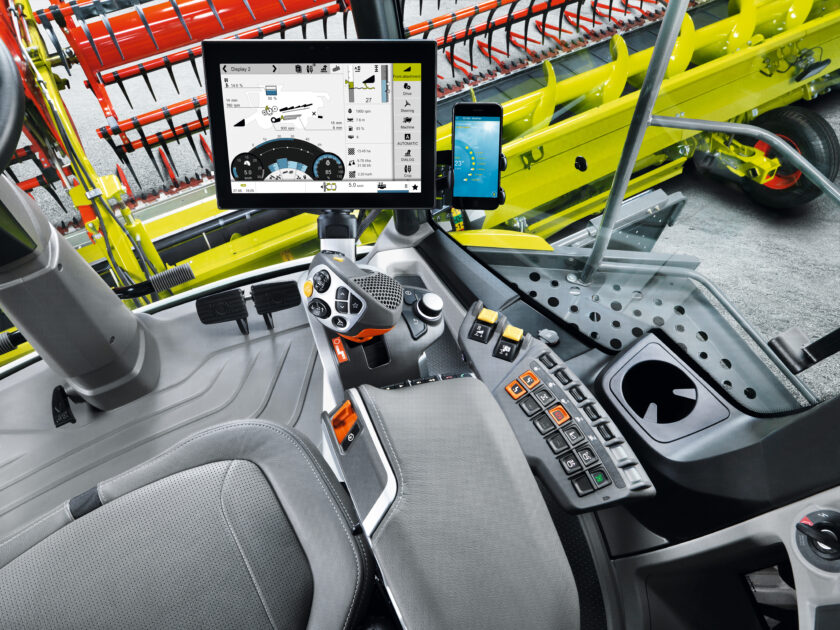
To celebrate the milestone of 500,000 combines produced and to allow all Claas sites to participate in the anniversary, the Harsewinkel company has created celebratory machines with a special and exclusive look. The “Lexion,” “Trion,” “Evion,” and “Dominator” models to be showcased at national and international fairs and field events will feature a design paying tribute to Claas’ history of combine harvesters, with metallic silver representing the early production period until 1961, metallic seed-green symbolizing the brand’s iconic color combination introduced in 1966 with the “Senator” series, while the knot pattern in the Claas lettering on both sides of the machines recalls the old logo focused on the knotter, which in 1921 became Claas’ first patent.
Expanding the Range
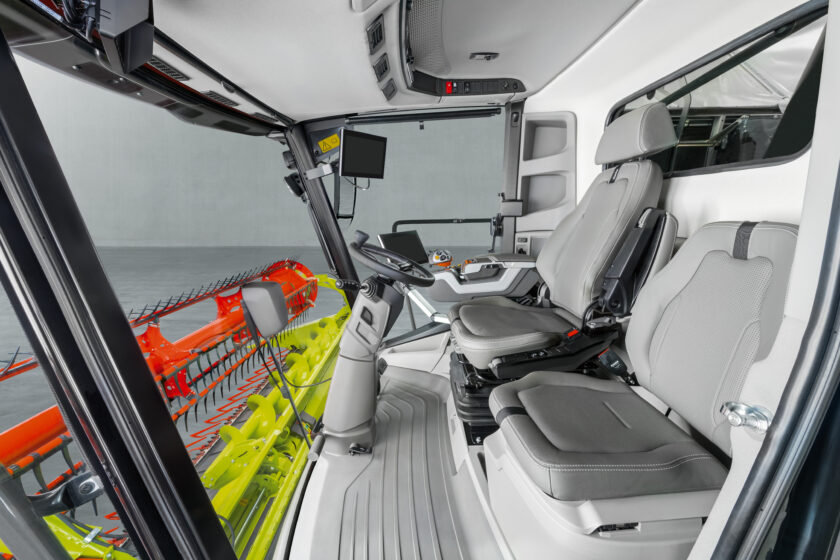
Belonging to the medium-class “Trion” series is the latest segment innovation proposed by the German brand, aimed at expanding and completing the range. The Harsewinkel company has filled the nominal gap between the high-performance single-rotor “Trion 730” model and the top-of-the-range dual-rotor “Trion 750” model with the launch of the new “Trion 740,” a combine designed to combine the separation technology of the former with the engine performance of the latter. Initially marketed in selected markets, excluding Italy, the “Trion 740” is equipped with a six-cylinder Cummins engine of eight liters and 900 cubic centimeters, rated, as in the “Trion 750,” at 435 horsepower, combined with the single-rotor “Aps Hybrid” threshing system already featured in the “Trion 730” and “Trion 720” models. Thus structured, Claas’ latest model offers a highly competitive performance-to-operating-cost ratio, ensuring up to a 20% productivity increase over conventional combines in the same category, while maintaining gentle grain handling.
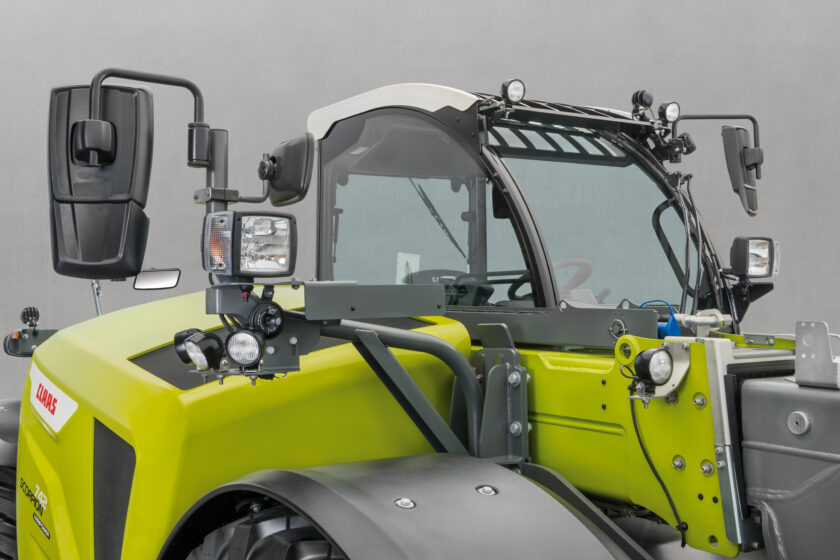
This is achieved through the synchronized rotation of the “Aps” system components, including the accelerator, beater, and thrower, all managed by a central variator, and the regulation capability of the concave elements. Consequently, it results in high process efficiency, also supported by the “Jet Stream” cleaning system, operating through an eight-stage turbine fan and a double ventilated step, ensuring a high-pressure airflow on sieves adjustable from the cab. Like other hybrid “Trion” models, the “Trion 740” is available in the tracked “Terra Trac” version and in the self-leveling “Montana” configuration, and can also benefit from the “4D” functionality that ensures perfect grain cleaning when operating on sloped terrain, while work optimization is enhanced by the ability to delegate the separation unit management to the “Cemos” onboard computer. This system integrates all functionalities to optimize machine settings through two different operating modes: the first, called “Cemos Dialog,” allows progressive optimization based on a dialogue between the machine and its operator, while the second, “Cemos Automatic,” intervenes automatically based on pre-recorded settings, including the width and direction of distribution of any straw chopped by the 52-blade “Standard Cut” chopper.
Title: Claas combines, designed in Europe for Europe
Translation with ChatGPT





